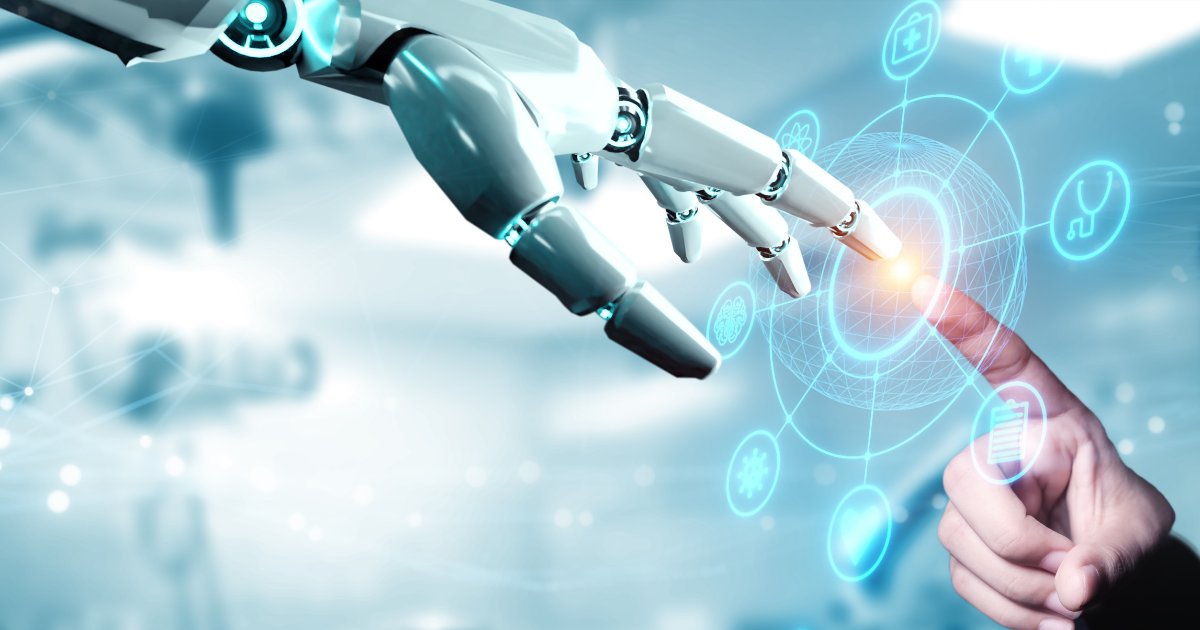From RAG to GraphRAG: A Brief Overview
Retrieval-Augmented Generation (RAG) systems have been a game-changer in enhancing the capabilities of large language models (LLMs). They work by augmenting the generation process with relevant information retrieved from a dataset, improving the accuracy and relevance of responses. However, traditional RAG systems often rely on local or extractive information retrieval methods, which can be limiting when dealing with complex queries that require a global understanding of the data.
Enter GraphRAG. This system takes the RAG concept a step further by incorporating graph theory into the mix. Instead of treating data as isolated chunks, GraphRAG organizes information into a network of entities and relationships—a knowledge graph. This global (aggregative) approach allows for a more holistic understanding of the data, enabling the system to handle intricate queries that span multiple topics or require sense-making across diverse data points.
The Benefits and Costs of GraphRAG Systems
Improved Comprehensiveness
GraphRAG systems excel at providing comprehensive answers. By leveraging the interconnectedness of data within a graph, they can deliver more nuanced and detailed responses. For executive-level users who need to grasp the big picture without getting lost in the minutiae, this is invaluable.
Enhanced User Experience
The global retrieval approach means users get answers that consider the broader context, leading to insights that might be missed with traditional methods. This can be a game-changer for strategic decision-making, where understanding the interplay between different data points is crucial.
Cost Considerations
However, these benefits come at a cost, about 10x of a naive RAG. GraphRAG implementations are resource-intensive. Building and maintaining a knowledge graph requires significant computational power and storage. Moreover, processing queries against this graph can be slower compared to traditional methods. For organizations, this means higher operational costs and the need for more robust infrastructure.
Intelligent Routing: Balancing Cost and Performance
So, how can businesses harness the power of GraphRAG systems without breaking the bank? The key lies in intelligent routing.
The Role of Routing
Routing involves determining the most appropriate method for handling a query early in the process. By categorizing queries based on their complexity and the type of information required, the system can decide whether to use a standard RAG method, a more advanced GraphRAG approach, or even direct the query to an analytic-based solution like Text2SQL atop a curated data warehouse.
Benefits of Routing
Cost Mitigation: By only using resource-intensive methods when necessary, organizations can significantly reduce operational costs.
Optimized Performance: Users experience faster response times for simpler queries since they bypass the heavier GraphRAG system.
Flexibility: The system can adapt to different data types and query complexities, providing a tailored user experience.
The Future Vision: A Unified AI Interface
Looking ahead, we can envision a future where organizations deploy a single AI-governed interface—be it a chatbot or voice assistant—that serves as the gateway to all information retrieval and problem-solving needs.
Holistic Information Access
Such an interface would seamlessly integrate various retrieval methods, from vanilla RAG to BM25 to HyDe to GraphRAG and analytic tools, selecting the best approach based on the user's query. This ensures that users always get the most relevant and comprehensive information without worrying about the underlying processes.
Solving Hard Problems
Beyond simple data retrieval, this AI interface could assist in solving complex problems, offering insights and recommendations based on a holistic understanding of the organization's data landscape. It's not just about finding information—it's about interpreting it and applying it strategically.
Challenges to Overcome
While this vision is compelling, we must acknowledge the challenges:
Cost and Infrastructure: Implementing such a system requires significant investment in AI technologies and infrastructure.
Data Governance: Ensuring data is well-curated and governed is crucial. Poor data quality can lead to inaccurate insights, which can be detrimental at the executive level.
User Adoption: For the system to be effective, users must trust and feel comfortable interacting with it. This requires intuitive design and education on its capabilities.
How Improving Can Help
Navigating this complex landscape requires expertise—a partner who understands both the technological intricacies and the business implications. That's where we come in.
Our Expertise
At Improving, we specialize in AI consulting, offering a holistic approach to AI adoption. We help organizations develop strategies, create models, and implement solutions that align with their business objectives. Our services encompass:
AI Strategy Development: Crafting a roadmap for AI integration that aligns with your goals.
Model Creation and Implementation: Building and deploying AI models tailored to your needs.
Data Strategy Consulting: Transforming your data into actionable insights using modern platforms and AI/ML technologies.
User Experience (UX) Consulting: Designing intuitive interfaces that enhance user interaction and adoption.
Collaborative Approach
We emphasize collaboration, knowledge transfer, and hands-on training. Our goal is not just to provide a solution but to empower your team to leverage AI effectively.
Conclusion: Embracing the Future with Caution
GraphRAG systems represent a significant advancement in information retrieval, offering the ability to handle complex, global queries with greater comprehensiveness. However, they are not a silver bullet. The costs and complexities associated with their implementation mean that organizations must approach them strategically.
By incorporating intelligent routing and considering a hybrid approach that includes traditional RAG methods and analytic tools like Text2SQL, businesses can optimize both performance and cost. The future lies in flexible, adaptive systems that provide the right tools for the right tasks.
At Improving, we're excited about the possibilities and are here to help you navigate this new frontier. Together, we can harness the power of AI to not only retrieve information effectively but also to solve the hard problems that drive innovation and success.
Ready to explore how AI can transform your organization's information retrieval? Contact us at Improving to start the conversation.





